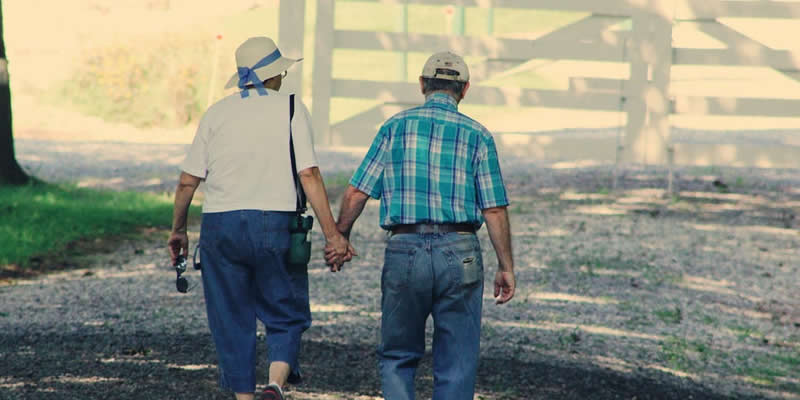People’s health, weight, age and sex will determine whether they will need to shield from COVID-19 over the winter months, according to reports.
The Sunday Telegraph has said that up to 4.5million people will be advised to stay at home as part of the government’s new shielding plan.
- WHO leader calls for ‘global solidarity’ to end COVID-19 pandemic
- Flu jab complacency and COVID-19 could overwhelm NHS
The risk model is still being considered, although Professor Peter Openshaw, an adviser to the government’s Scientific Advisory Group for Emergencies (SAGE) has urged experts to “act fast” because he said a delay of just a “few days” could be dangerous.
In an interview with Sophy Ridge on Sunday’s Sky News he said he thought the country was on the “edge of losing control”.
He added: “It’s a bit like water seeping through a dam. It starts as a trickle and if you don’t do something about it, it can turn into a real cascade.”
A Department of Health and Social Care spokesperson said: “We keep all aspects of our response to the pandemic under review and in line with the advice of our scientific and medical experts.
“Shielding for the clinically extremely vulnerable has been paused since the start of August in most of the country while average rates of coronavirus remain low. Shielding is still advised in specific areas of the country where prevalence of the virus is higher.”
- Coronavirus: I have diabetes, am I at a greater risk?
- Coronavirus: should I be worried?
- Sarah Creswell: type 1 diabetes during COVID-19
As of September 2, the updated NHS Digital list has laid out those who may be at a moderate risk of developing COVID-19 complications. The website states that those who meet the criteria for the annual flu jab and are not on the high-risk COVID-19 group are deemed at a moderate risk.
People with diabetes have been included on the moderate list, along with those who have other health conditions such as chronic kidney disease, chronic heart disease and being seriously overweight.
For a full shielded patient list, click here.









